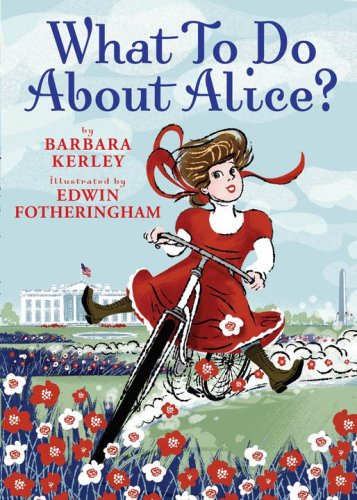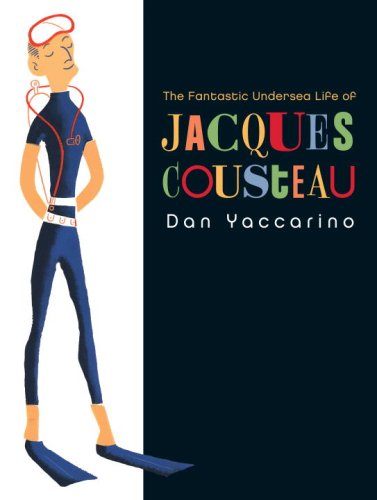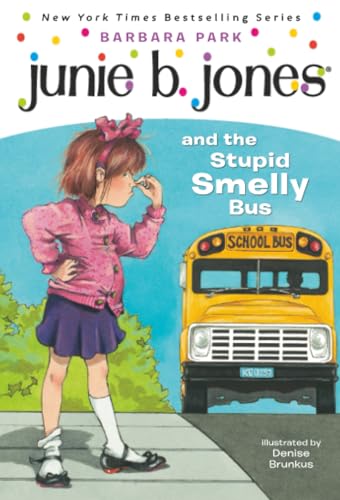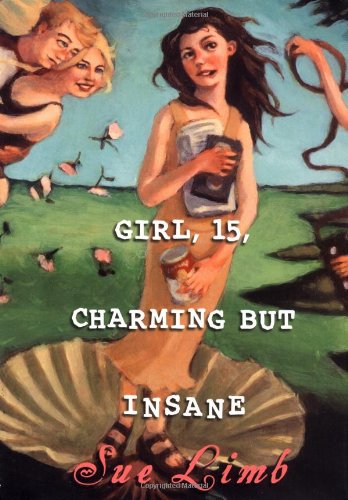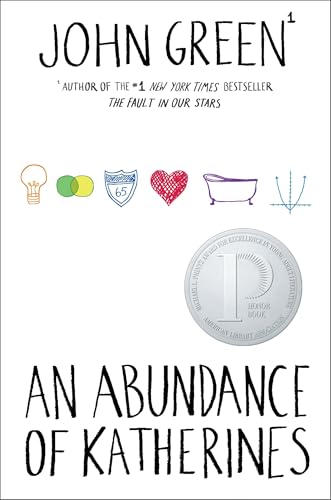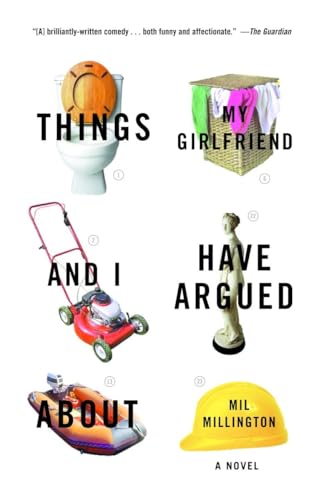Today is the last day to contribute your list to Fuse#8’s Top Picture Books. I already sent mine in, but would someone please do me a favor and submit The Day the Babies Crawled Away in their top ten? I owe you one.
Today may be the last chance (or almost the last chance) to participate in the various Library Loving Challenges, where you comment your way to their donations. Many of the bloggers have reached their goals, but there are several that still need your comments, and you’ll find that list with Jama.
And that’s enough on March — a month that has been killing me with its lack of Springness. Yeah, I see the daffodils and blooming cherry trees and I am not impressed. Because the heat is still running even though I’ve turned the thermostat down to 65 degrees. Because we’re still routinely pulling out our puffy winter coats. Because our bushes are dead piles of branches flanking our walkway. (Though that last one might be our fault.)
So onward to April, and hopefully some better weather. Soon. But if the warm days aren’t enough to sell the month, then the amazing kidlitosphere Poetry Month events (as lifted from A Year of Reading) should do it.
Gregory K. at GottaBook announced his project, 30 Poets/30 Days: “Every day in April, I’ll be posting a previously unpublished poem by a different poet.” Authors include Jon Scieszka, Linda Sue Park, Jack Prelutsky, Nikki Grimes, and Douglas Florian.
Tricia at The Miss Rumphius Effect is sharing her interviews with “the most amazing writers of poetry for children on the planet.” She’ll have 36 interviews in 30 days. Authors include Jane Yolen, Adam Rex, Ralph Fletcher, and Joseph Bruchac.
Jone at Check it Out will be doing a variety of poetry projects with students in her school, as well as challenging herself to write 30 poems in 30 days for a third year!
Anastasia Suen, author of Pencil Talk and Other School Poems, has started a new blog just for students’ poems about school. She’ll feature a student’s poem every day in April.
Sylvia Vardell at Poetry For Children will be reviewing a new children’s poetry book every day.
OMG, this month the Poetry Fridays are going to ROCK!
If the poetry doesn’t wow you, then how about the School Library Journal Battle of the Books starting the week of April 13th? Print out the competitors and wait for the fun to begin. There is a wonderful, boiled-down-to-the-bone comparison at Tea Cozy. I’m going to print that out too for reference. Particularly to remind me not to comment indignantly about how very different the books are in BOB when apparently that is the point.
On April 16th, you can Rock the Drop by leaving a great YA book for a teen to find and enjoy. Check out readergirlz for more info.
On April 18th, you can indulge your need to read with the 24 Hour Read-A-Thon. (Wondering about the 48 Hour Book Challenge? Let’s say same time — June 5th–7th — same place. More info soon.)
Funny story that Maureen writes about Maureen making it a thing to Blog Every Day in April. I was already planning to do this, except I call it Blog Every Day in April Except on Weekends or When I Don’t Really Feel Like It.
All month long — heck, all year long — you can do your searching on Hoongle to help hunger. Huh? Here’s the scoop from Miss Rumphius:
When you perform a search using Hoongle, your search is routed through Google. So the results you see are identical to Google’s. The difference is that when your query originates with Hoongle, Google shares a portion of its revenue. This income is donated (less necessary operating costs) to the United Nations World Food Program, which carries out operations around the world to deliver food aid to those in need.It’s also time to start booking your hotel room for the Third Annual KidLitosphere Conference here in Washington, DC, on Oct 16th–18th. A website should be ready soon for online reservations, but feel free to set up your hotel room now by calling the Sheraton reservations line at 800-627-8209 and making a reservation under the group block for “Kid Lit Conference.” The cost is $109 per night. I’ll be getting together more information on the conference this month while all these other blogs are doing the heavy lifting post-wise. Basically, I can say that Friday will be an optional dinner get-together in Arlington. On Saturday we’ll have the conference running from breakfast to a late dinner, with lots of social time, and the cost will be about $100. On Sunday, we’ll do a visit to some DC place. Unfortunately, the Library of Congress isn’t open on Sunday, so maybe we’ll arrange a visit there for Friday during the day.



